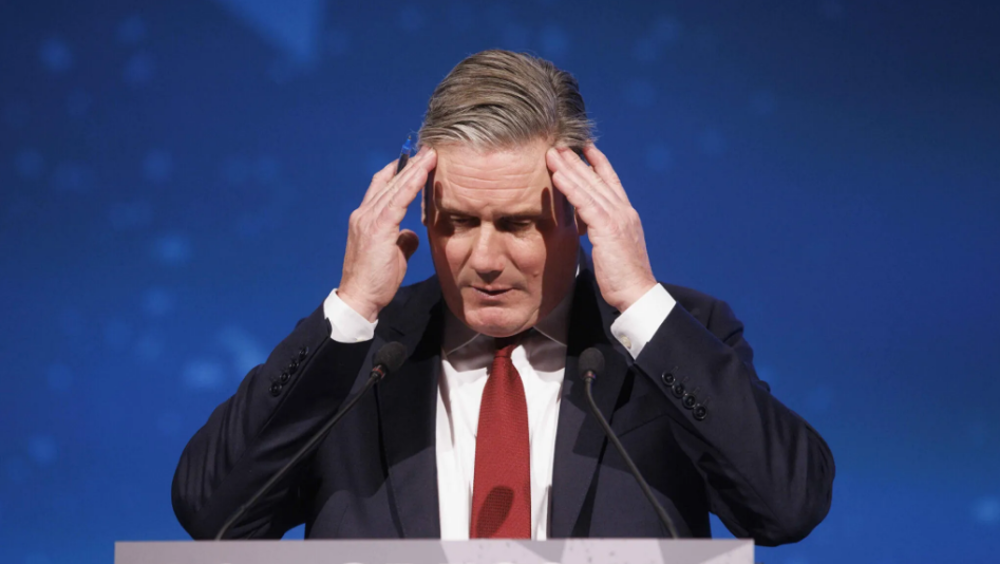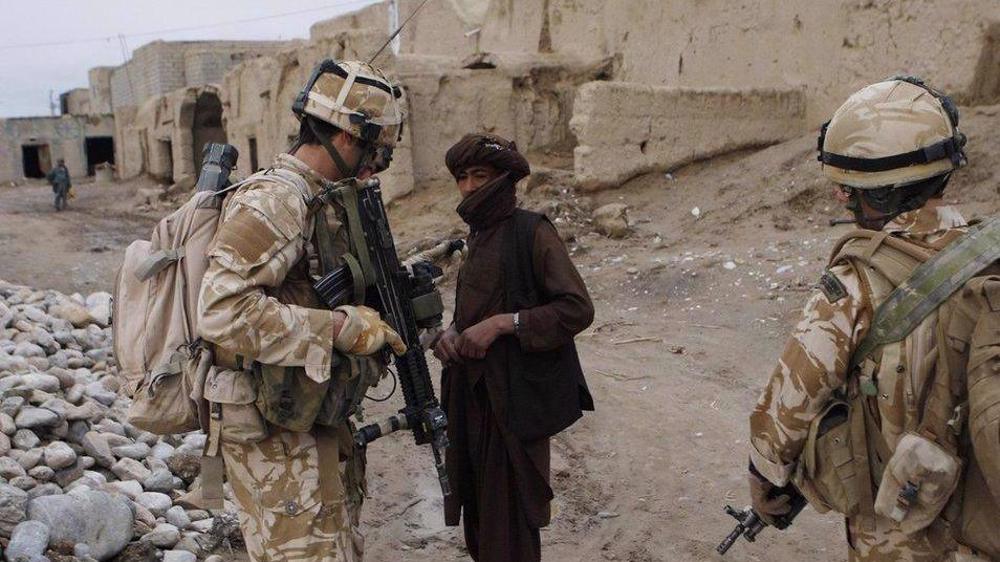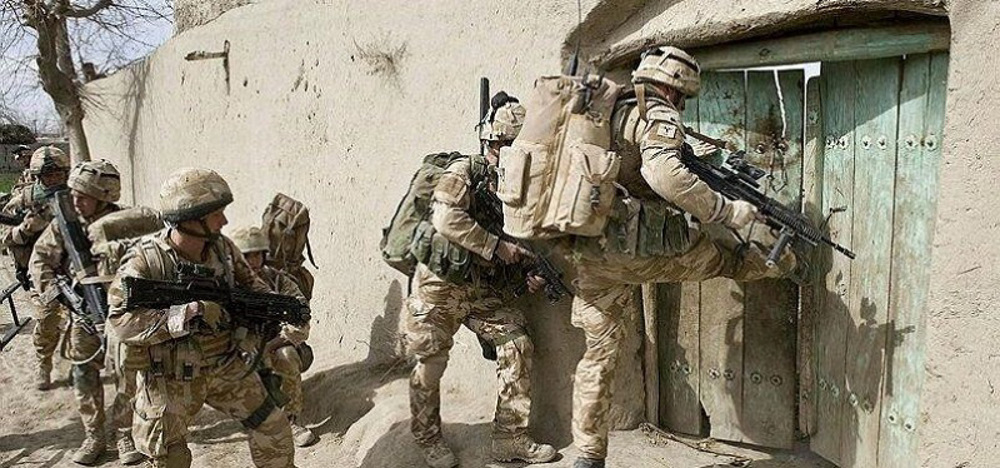UK sends military trainers to Ukraine to help in fight against militias
Britain has sent military personnel to Ukraine to help its army fight against pro-Russian militias in the country’s volatile east.
British media reports say the 35 military trainers are based in Mykolaiv, in the south of the country and they are expected to be there for the next two months.

Last month, Defense Secretary Michael Fallon announced plans to send up to 75 troops and military staff to the war-torn country. That’s under a deal Prime Minister David Cameron signed with the Ukrainian leadership.
“The UK is committed to supporting Ukraine’s sovereignty, independence and territorial integrity in the face of Russia’s aggression”, an MoD spokeswoman said.

It is the first time a Western nation has conducted a long-term military training program in Ukraine since its war against pro-Russian militias that began last year. A London-based analysts says the UK’s policy will aggravate the situation further.
“I think the situation is very fragile and certainly the civilians will suffer the most. Everything has got to be done in order to support them, but the solution is not going to be and is not a military solution and I think there got to be a diplomatic solution”, Andrew Smith of Campaign Against Arms Trade (CAAT), told Press TV.
The UK has already supplied Kiev with non-lethal aid including first aid kits, sleeping bags and night-vision goggles. However, the latest move has angered Russia.
“The deployment would not relax tensions in the conflict zone”, Dmitry Pveskov, press secretary to the Russian president has been quoted as saying.
Pveskov said that the presence of foreign instructors in Ukraine cannot facilitate the settlement of the conflict there.
The United States has already said it is also planning to send a battalion to train three Ukrainian battalions.

“I think it (arming and training Ukrainian troops) probably gives them (Russians) an excuse and every chance to be used”, Smith concluded.
‘Ceasefire continues’
The fighting that broke out in eastern Ukraine claimed over 6,000 lives but clashes have reduced since a ceasefire was declared.
The deal that was orchestrated by Germany, France and Russia and signed by pro-Russian militias and Kiev in Minsk, Belarus, came into effect on February 15.

Under the deal, warring sides have already pulled back their heavy weapons from the frontline. However, sporadic shelling continues with two sides blaming each other for incidents.
‘Power game’
The West has, for long, accused Russia of having a hand in the crisis in eastern Ukraine that followed after the ouster of President Viktor Yanukovich.
Moscow calls Yanukovich’s ouster an “armed plot by the West with Americans as the true puppeteers”.
“The US helped armed groups in western Ukraine, in Poland and to some extent in Lithuania”, President Vladimir Putin labeled the accusation in a recent interview.
Russia’s reunification of the Black Sea peninsular region of Crimea on March 17, last year was a turning point in its relations between the West.
The move sparked angry reactions from the US and the European Union, with both imposing “punitive measures,” against Russian and Crimean officials.

The North Atlantic Treaty Organization, NATO also expanded its military presence in Eastern Europe. In 2014, the western military alliance held some 200 war games. NATO also formed command and control units in a number of east European countries.
In a tit-for-tat move, Russia has also conducted a number military drills in the regions. Earlier this week, the Defense Ministry reported a maneuver ranging from the Arctic to the Pacific Ocean and involving tens of thousands of troops.

Reports say Russia is also planning to station state-of-the art missiles in its westernmost Baltic enclave amid bitter tensions with the West over Ukraine. The Kremlin has also said that it will not hesitate to deploy nuclear-capable missiles in Crimea.
JAS/SKL
Iran facing ‘all-out war’, stronger than before June war: President
Iran’s headline inflation up 1.8% to 42.2% in December: SCI
Rights group: Israel expediting settlements legalization to block Palestinian state
Israel seeks Zionist colonial gains through recognition of Somaliland: Hamas
VIDEO | Afghan officials reject UNSC claims of terrorist groups’ presence
VIDEO | Resistance is also alive in occupied West Bank
Iran says Israel’s recognition of Somaliland aims to destabilize Red Sea, Horn of Africa
UN renews ceasefire call as over 200 civilians killed in RSF ethnic attacks in Sudan’s Darfur









 This makes it easy to access the Press TV website
This makes it easy to access the Press TV website